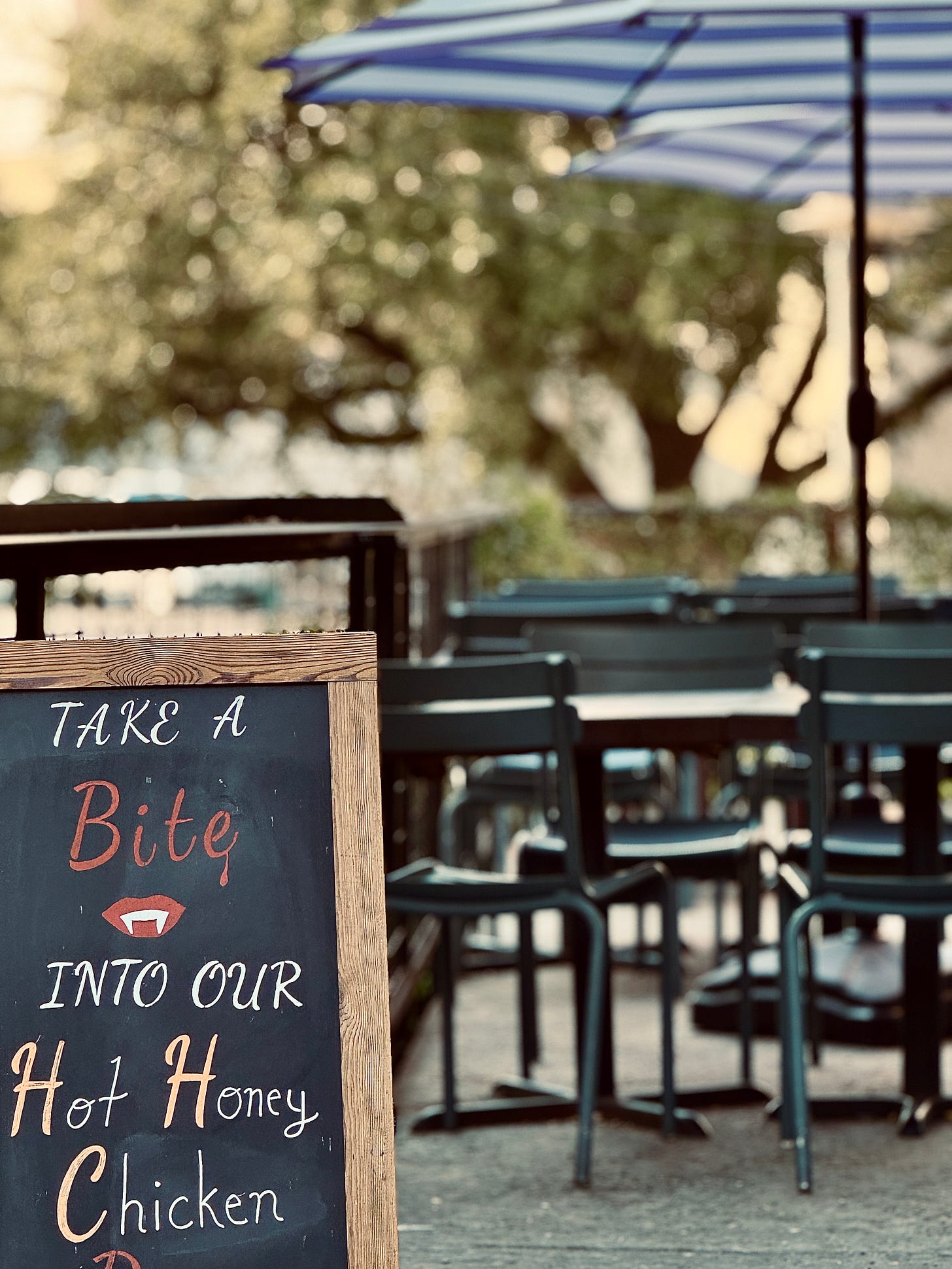Making a Place, Not Just a Space
There’s a corner in every town that everyone drives past but no one really sees. Maybe it’s an empty lot, maybe it’s an old building with boarded windows, maybe it’s just a patch of grass that used to be something. Every community has one. It’s the kind of space that’s forgotten not because it isn’t useful, but because no one has claimed it; not as property, but as place.
That’s the difference, really. A space is geography; a place is memory. It’s the difference between where you are and where you belong.
For quite a while now, I’ve been thinking about how communities become strong not because of what they own but because of what they make together. That’s what people mean when they talk about “place making.” It’s not just building a park or painting a mural; it’s about giving ordinary spaces a heartbeat again. It’s about creating somewhere people actually want to be because they helped make it that way.
A true place isn’t designed by experts; it’s built by neighbors; your neighbors and mine. You can’t import belonging. You have to grow it; slowly, locally, from the rich soil of shared experience.
And that’s where the idea of time co-ops and mutual support comes in.
When people exchange time instead of money, when they offer what they know, what they can do, or simply their presence, it turns a transaction into a connection. Someone watches your kids, you help fix their porch. Someone plants a garden, another person teaches a class in it. Before long, you’ve built more than a network; you’ve built a whole thriving neighborhood.
Place making happens every time people come together to make something out of nothing. A vacant lot becomes a community garden. A park bench becomes a conversation spot. A church basement becomes a health clinic. None of these start with big money or blueprints; they start with small acts of generosity stacked on top of each other until they form the shape of community.
The real magic is in the reciprocity. When you give an hour of your time, you’re not just helping someone; you’re declaring that this place matters, that these people matter. You start to see that the value of a community isn’t measured in property values or tax revenue; it’s measured in how many people feel safe enough to ask for help and how many are willing to give it.
If we think about it, place making is the physical side of what time co-ops do socially. Both turn empty things into meaningful ones. One fills a space with life; the other fills time with purpose. Together, they rebuild what the modern world has been quietly dismantling:
Our interdependence.
It’s funny, but I think this is what we’re all really looking for. Not another program or platform, but a sense of place; somewhere that doesn’t just exist on a map but in the rhythm of our lives. Somewhere where everyone’s small contributions add up to something much larger than themselves.
When people feel they belong to a place, they take care of it. And when people take care of one another, the place starts to take care of them back.
That’s the quiet revolution hiding inside all this talk of community development and social innovation. It’s not about revitalizing neighborhoods for someone else’s profit; it’s literally about remembering how to live together again.
Because at the end of the day, place making isn’t just about fixing spaces. It’s about fixing what broke inside us when we stopped belonging to one another.
Join us in making the world a better place. You’ll be glad that you did.
Cheers, friends.

